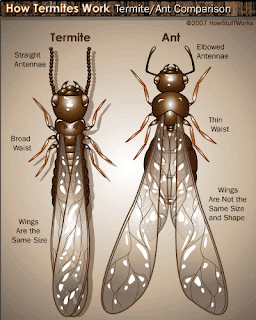By Jenni Boucher
One of the most frequently asked questions we get from
homeowners is how to fix a crack(s) in their driveways. We thought this would
be a great topic to kick off our new “How To:” blog series of home maintenance
and repairs.
What causes cracks? More often than not, cracks are caused
by the expansion and contraction of the asphalt/concrete due to temperature
change. This is completely normal and not a cause for alarm, but it can be
unsightly – especially if you are trying to sell your home.
Whether you have an asphalt or concrete driveway, the
options for fixing them are nearly identical. The first step, regardless of the
method of repair you choose, is to prep the cracks for repair. Start by
removing any grass or plants that may be growing in the crack. Use a flat-head
screwdriver to remove any loose bits on the sides of the cracks, try to avoid
widening the crack. Use a vacuum if you can, or use a leaf blower to clean the
debris from the cracks. Clean around the cracks with warm water and a
grease-fighting liquid dish detergent to remove any oils or grease, allow them
to dry completely.
There are 3 main ways you can fix cracks in your driveway,
depending on the size of the crack:
Driveway Sealant Caulk – effective for smaller
cracks up to ½” wide. Run strips of painter’s tape along both sides of the
crack. Run a bead of caulk along the crack and use a plastic putty knife to
smooth out the top. Repeat as necessary depending on how deep the cracks are.
Remove the tape for clean lines.
Driveway Sealant Rope – effective for smaller
cracks up to ½” wide. These products are similar to what is used on commercial
roadways, but only require the use of a small handheld blow torch instead of a
large melting machine. Most manufacturers suggest cutting and inserting the
rope into the crack before sealing it with the torch. Many users of these
products have suggested that it is easier to insert just the tip of the rope in
the crack and run the torch starting at that end, melting the rope into the
crack as you go.
Driveway Repair Trowel Patch/Filler – can be
used on any crack, most effective for cracks ½” or more, can also be used to
fill in low spots and depressions in asphalt. This black, cement-like product
is applied using a masonry trowel. It typically trowels to a smooth finish and
is the fastest-drying option.
No matter which repair method you choose, we recommend not
walking or parking on the driveway for at least 24 hours to allow the repair to
cure properly.
Need help with other home repairs? Email us your suggestions
for our “How To:” series today!






